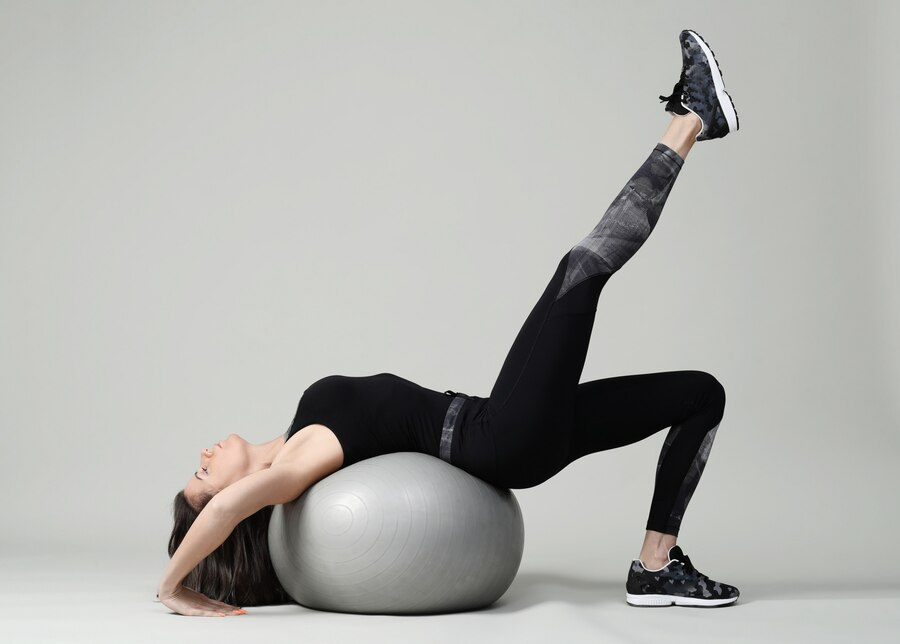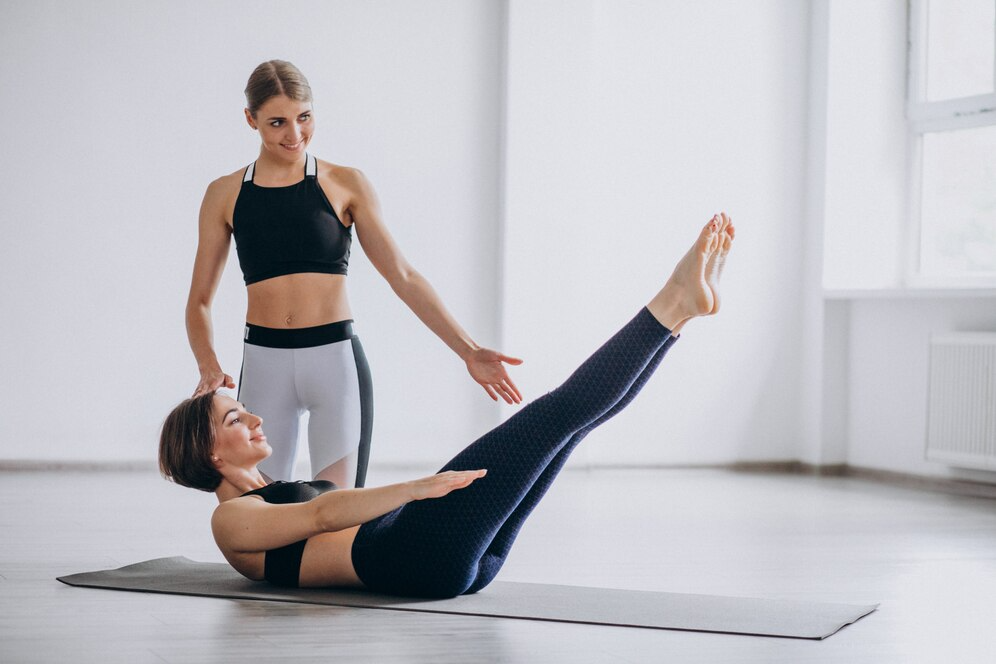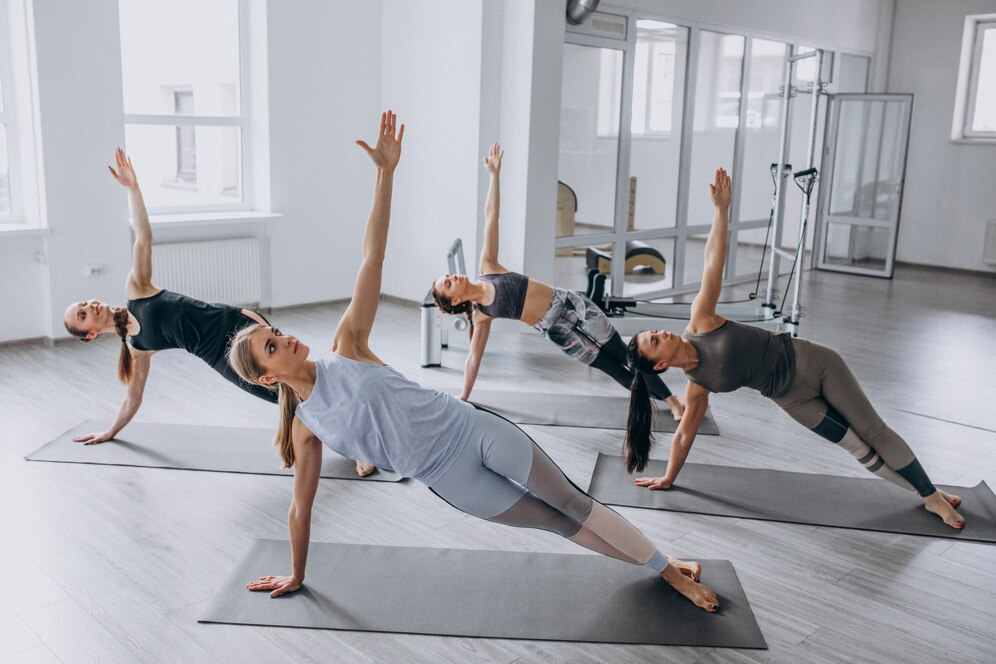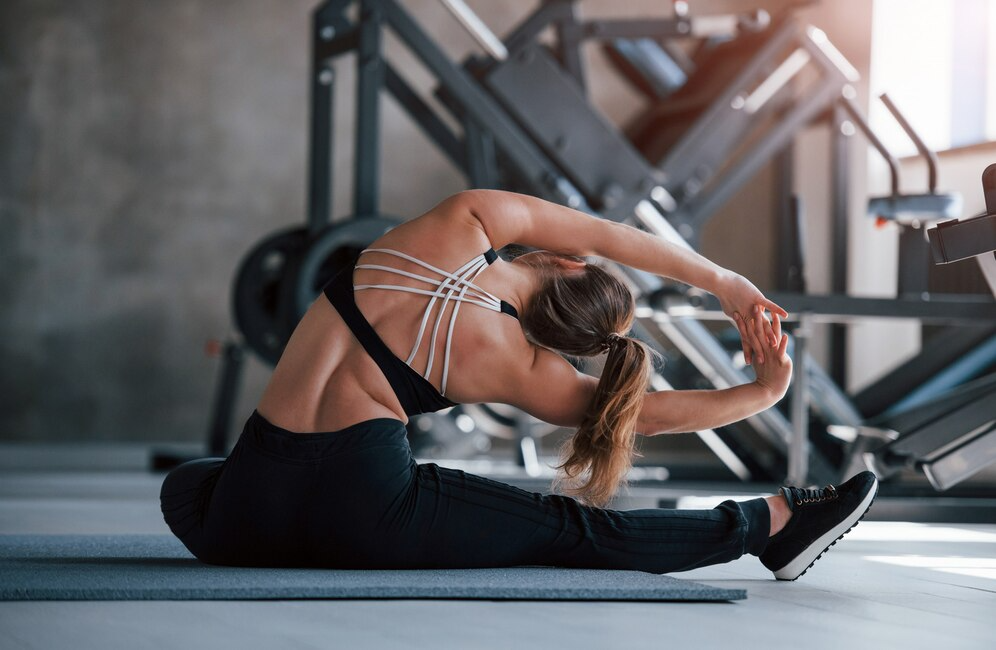
Table of Contents
Discover The Benefits Of Pilates Workout And More
Pilates workout might be the solution if you’ve been searching for a new exercise regimen that will help you balance strength, flexibility, and muscular tone and relieve a few aches and pains. Though a Pilates workout routine may appear daunting, it’s simpler to enter and, depending on what you do, less costly than you think. Pilates offers numerous potential health advantages, such as improved strength, tone, and flexibility of the muscles. Let’s talk about this in more detail in this article:
What is Pilates?
Joseph Pilates ideated the conception of Pilates in the middle of the 20th century. Ballet, yoga, and calisthenics are the primary sources of inspiration for the Pilates approach. Pilates workout strongly emphasizes the deep core muscles while simultaneously promoting balance and strength in all of the body’s major muscle groups. It improves posture, balance, strength, flexibility, and body awareness.
Pilates workouts can be both aerobic and non-aerobic. Because you are moving your body through specific ranges of motion, it needs focus and concentration. Finding your center of gravity and using it to regulate your movement takes priority. Every exercise has an exact positioning, breathing pattern, and rhythm.
How does it work?
Focus on each movement, using the abdominal and lower back muscles, flowing, accurate movement patterns, and mindful breathing are some of the guiding principles of the Pilates method.
Pilates exercises can be done on specifically made equipment, such as a reformer, a frame shaped like a bed, or more casually on a mat or blanket, depending on the activity.
Although a Pilates workout may not appear like some of the other strength training routines you may be familiar with, Pilates is a type of strength training. Although Pilates aims to improve muscle tone rather than grow muscle, the result is the same: increased endurance and stability.
Pilates isn’t meant to bulk you up; on the contrary, it’s intended to help you appear longer and leaner. Nevertheless, it can provide a solid physical basis for muscle-building exercises and possibly lower your risk of injury.
How to get started
Are you considering making the switch to a Pilates workout routine? To assist you in getting going, think about the following:
Consult your physician
Consultation with a healthcare professional is a good idea before a new fitness regimen begins.
Ensure your instructor is qualified
Even if you’re practicing mat movements at home with recorded or live video instruction, you still need a skilled Pilates instructor.
Start slowly
Regardless of your fitness level, it’s crucial to begin your Pilates practice slowly and gradually increase the difficulty as you go.
Pilates exercises that strengthen the core.
Here are some easy and most popular Pilates workout moves that will tone up your core area:
1. Glute Bridges
Bend your knees while on your back. Lift your hips until your knees and shoulders are straight while applying pressure with your heels. Squeeze your bottom with as much force as possible at the top without bending your lower back, then slide down. Perform four sets of ten reps each.
2. Leg Taps
Start lying flat on your back with your legs in a tabletop position, bending at the hips and knees to a 90-degree angle. If the tabletop is painful or too challenging to steady, keep your non-working leg down (knee bent, foot flat).
Breathe in, then bring one foot toward the mat with your knee bent at a 90-degree angle. Breathe out, then use your core to bring the leg back up to the tabletop. Remember to maintain a flat back. Go only as low in the range of motion as keeping a flat back is possible. Repeat ten times on each side.
3. Crunches Using a Ball
Sit with your legs together or hip-distance apart to begin. A medicine ball placed behind your back will provide more significant support if it is closer to your shoulder blades than it is closer to your lower back, which is more complicated.
You can spread your hands over your chest or behind your head. To get ready, take a breath and exhale. Then, crunch into the center and squeeze your ribs toward your hips. Breathe in, then exhale again. 10 to 30 reps are recommended.

Benefits of Pilates
Including a Pilates workout routine in your everyday life for health and wellness has several advantages for your body and mind.
1. Promotes balance and awareness of the body
Controlled movements are the hallmark of Pilates. Maintaining awareness of your posture, movement, and breath will be complicated while doing these exercises.
When you first start, all this attention may feel overwhelming, but don’t panic. You’ll become more aware of your body on and off the mat over time.
2. Lessens pain and stiffness in the lower back
Physical therapists concur that Pilates benefits some groups in terms of pain relief. Pilates can be a valuable tool for managing and relieving linked lower back pain if your body awareness has diminished (this can happen with age or injury). Pilates won’t significantly improve your pain if you have a back fracture or preeclampsia.
3. Enhances your posture
Poor posture results from an unstabilized spine. Pilates exercises regularly will improve any weak muscles that could be causing you to slouch.
4. Aids in weight maintenance
Pilates can support you in maintaining a healthy weight because of its emphasis on shaping, strengthening, and developing lean muscle.
Pilates assisted participants in lowering their body mass index (BMI) and losing weight in an 8-week trial involving 37 overweight or obese women. Remember that mixing exercise with a balanced diet and way of life is critical.
5. Reduces stress
Exercise releases endorphins, as the sage Elle Woods famously stated. Endorphins are joyful hormones. Pilates is a terrific approach to help you relax because it’s a tremendous restorative workout.
All of this relaxing can improve your mood, relieve tension in your muscles, and reduce stress.
6. Strengthens your core
Core muscles—those in your back, abdomen, and pelvic floor—are activated by Pilates. Your entire body needs the assistance of these muscles.
Your core may remain firm and muscular with frequent Pilates exercises. Those muscles can relax when the rest of the body isn’t overcompensating for a weak core.
7. Increases stamina
You can experience an increase in energy after you settle into the Pilates routine. Why? Because blood circulation is enhanced with Pilates. That causes your body to move and flow.
Additionally, it improves your body’s overall sensation (because of your aligned spine, strong core, and increased flexibility!), which can make you walk with more energy.
8. Develop concentration
Pilates exercises strengthen your physique and improve your capacity to concentrate. To get the most out of Pilates, focus is necessary.
Every action you make must be harmonious with your body and breathing. This improves your attention span in the here and now and has spillover effects elsewhere.
9. Promotes deeper sleep
Pilates might be the solution recommended by the doctor for restful sleep. According to research, Pilates can significantly enhance the quality of your sleep.
10. Increases flexibility
Pilates includes careful bending and stretching, just like yoga. This keeps your muscles strong and helps you extend your range of motion.
As you advance in your Pilates practice, this one-two punch of strengthening and stretching will help you (and your joints!) become more flexible.

Pilates vs Yoga
People starting with Pilates often enquire about Pilates vs yoga. At first glance, Pilates and yoga appear to be identical. These two well-liked workouts enhance your general health using breathing and stretching techniques. However, they also differ in a few significant ways.
Pilates is a low-impact workout that emphasizes making tiny movements that are stabilized by your core and back muscles. Pilates’s two primary physical advantages are strengthened core muscles and better posture.
As you move through a sequence of held positions in yoga, the emphasis is on concentration and deep breathing. It’s frequently used to increase balance and flexibility and deepen meditation techniques.
Tips for Beginners
Check out the following tips for all the information for someone new to Pilates:
- Select the Proper Pilates Teacher: Practicing Pilates with the proper instructor by your side will yield even more significant benefits.
- Include Pilates in Your Daily Schedule: You must incorporate Pilates regularly into your routine if you want to reap its most incredible benefits.
- Establish the Appropriate Pilates Area: You should not only schedule Pilates time but also make sure to create room for it.
- Give It Your All: Pilates is a low-impact workout. This does not imply that it is simple, though. Take your time, then, to prevent burnout.
- Know the Types of Pilates Workouts: Ask your instructor about the two kinds of Pilates workout and pick the one that suits you the most.

Takeaway
Pilates’s low-impact, full-body workout could benefit a well-balanced fitness routine. Although there isn’t enough data to draw firm conclusions about Pilates’ health advantages, it has favoured physical and emotional well-being.
Finding a reputable instructor and speaking with your doctor can help you determine the safest and most efficient starting point, even though it may initially seem intimidating.